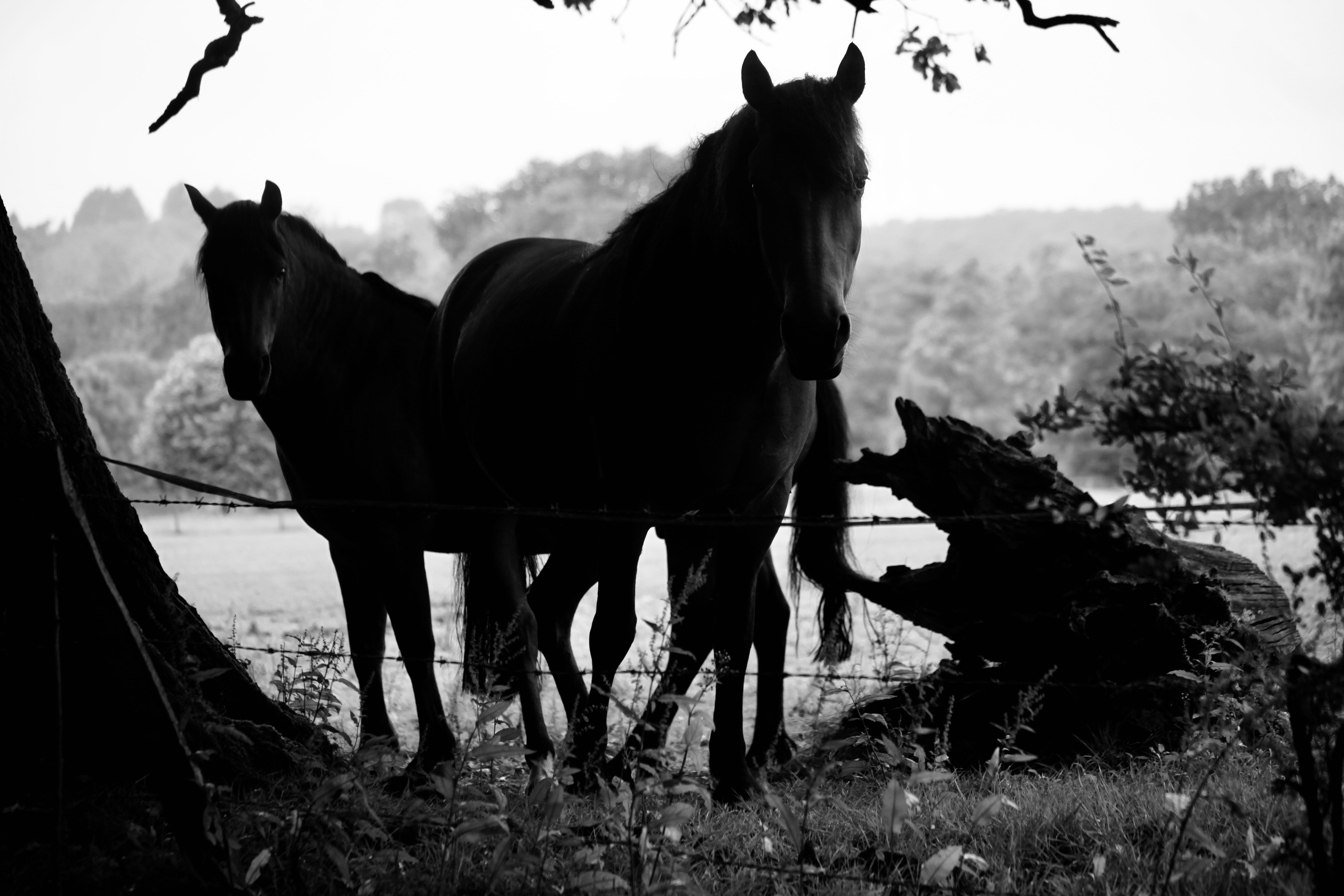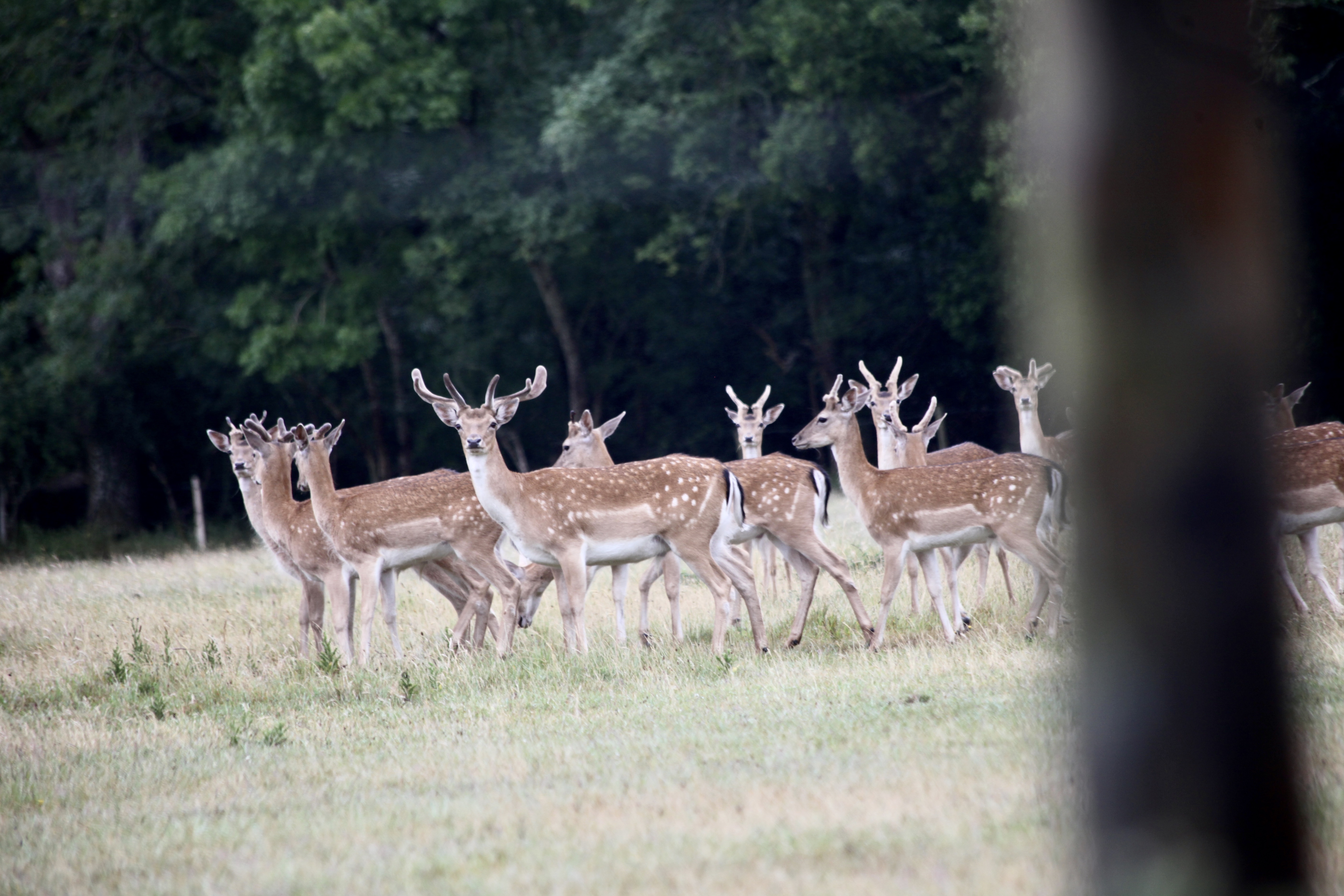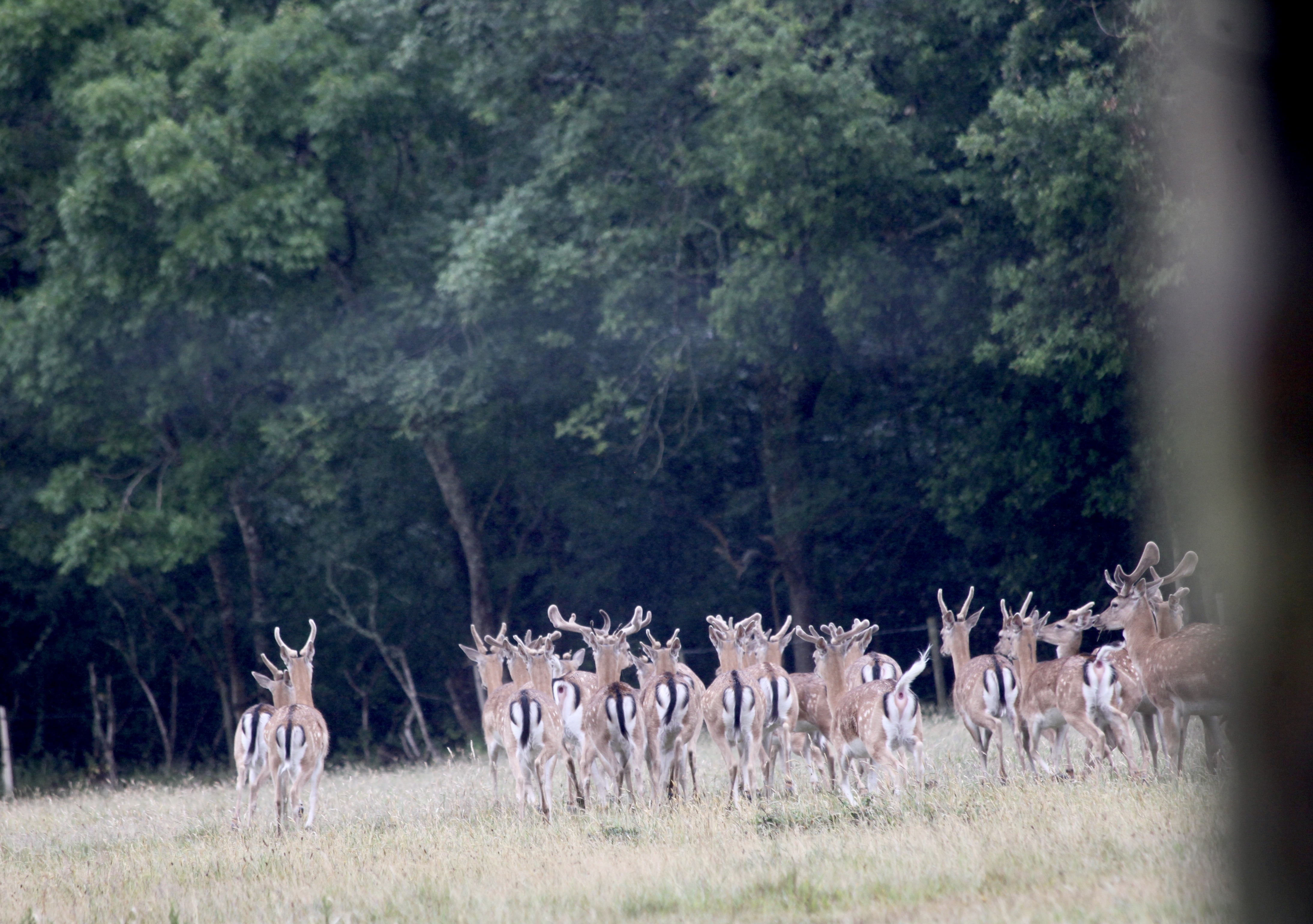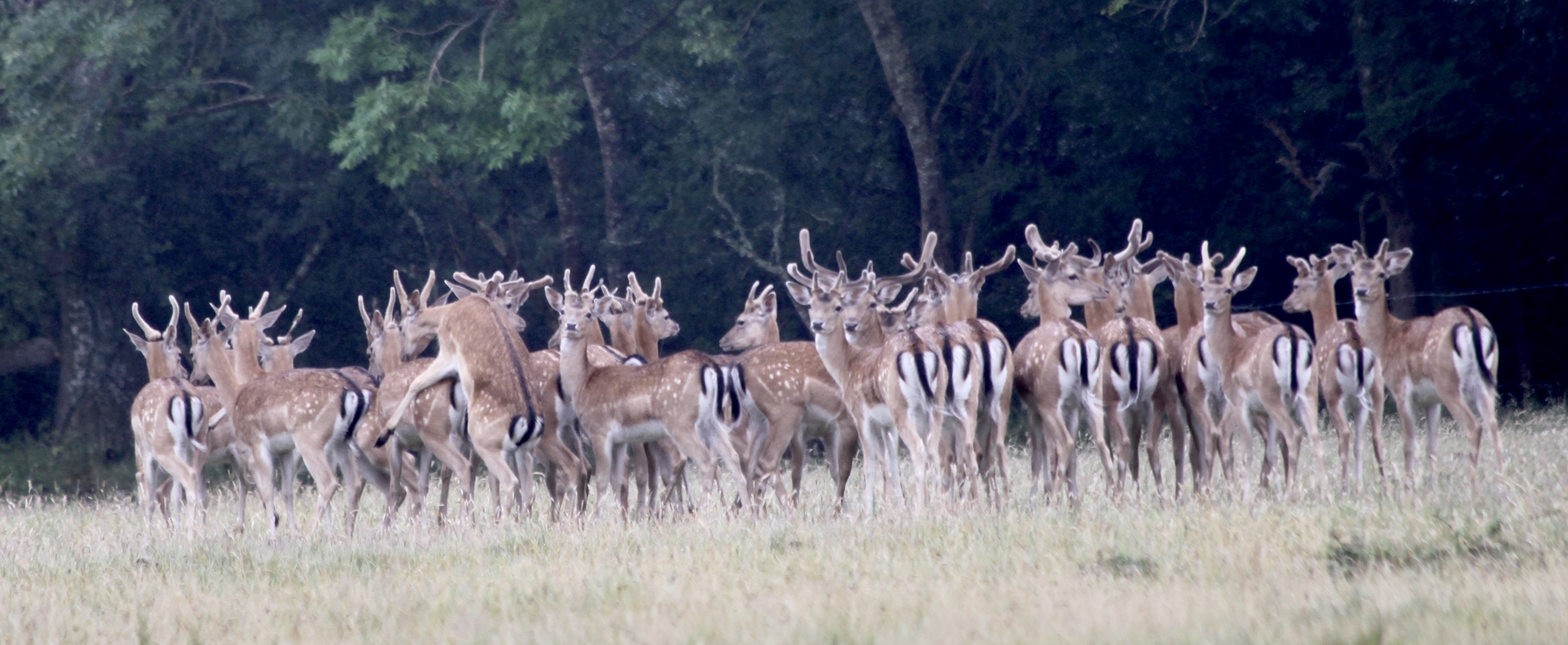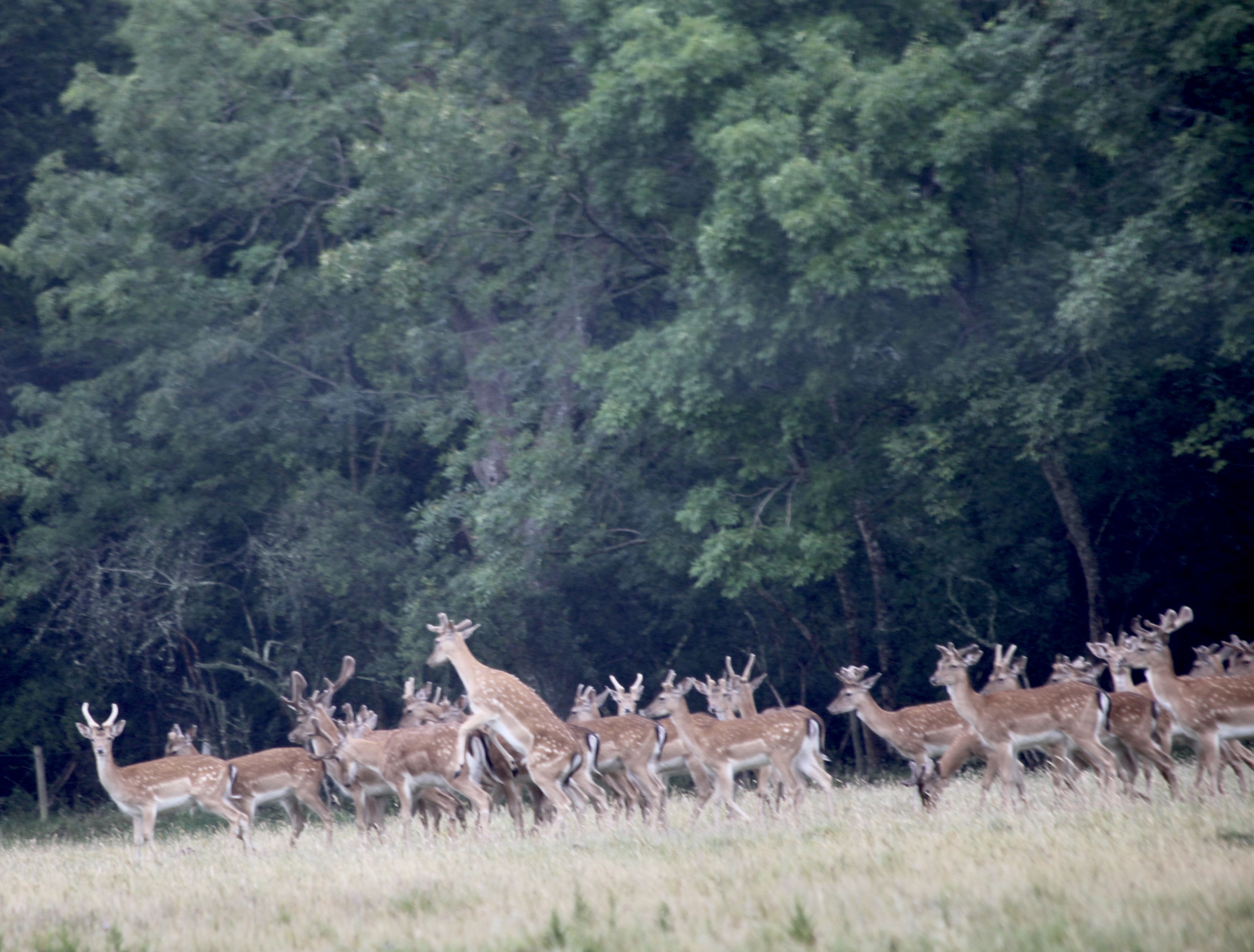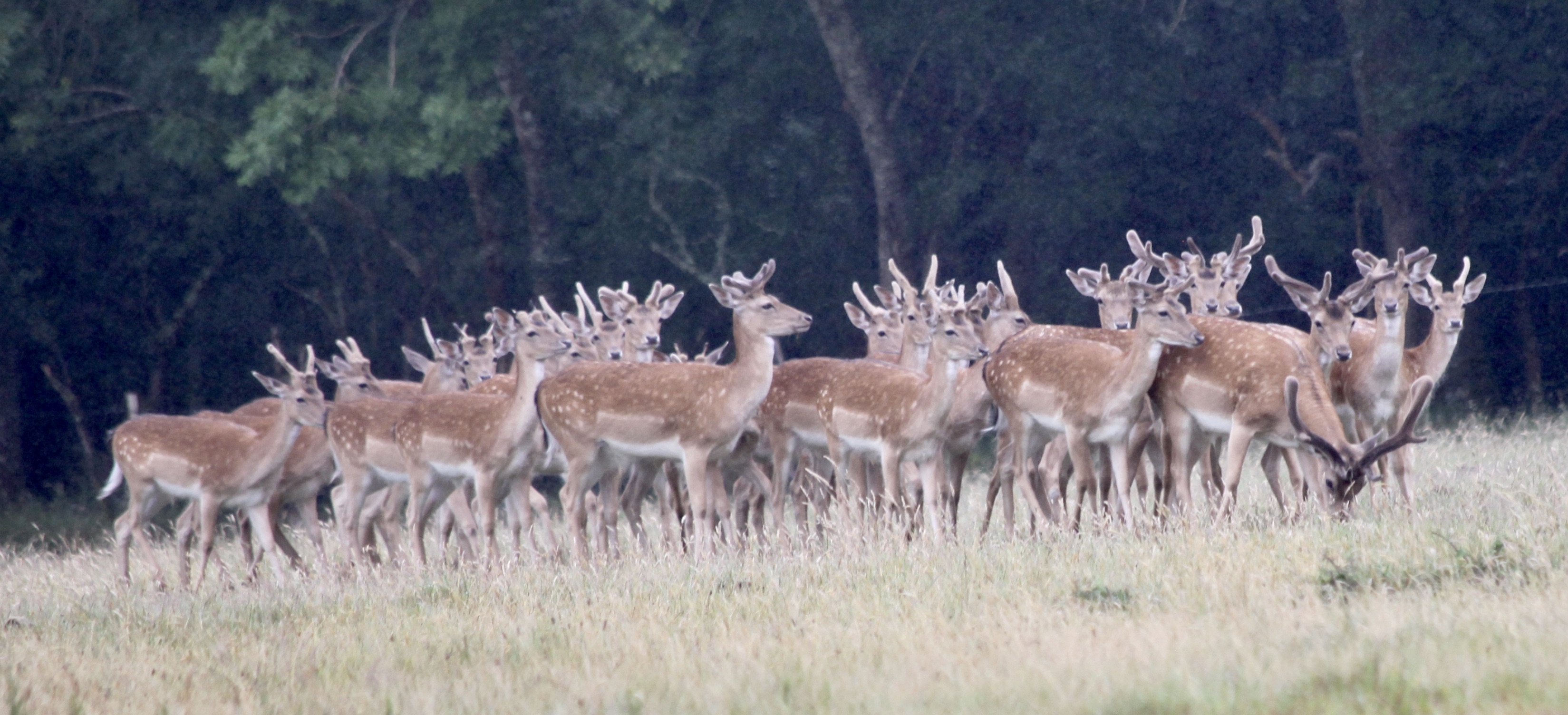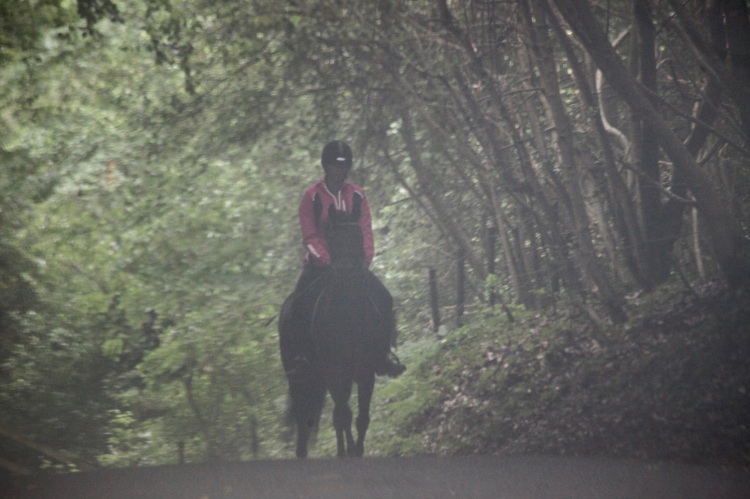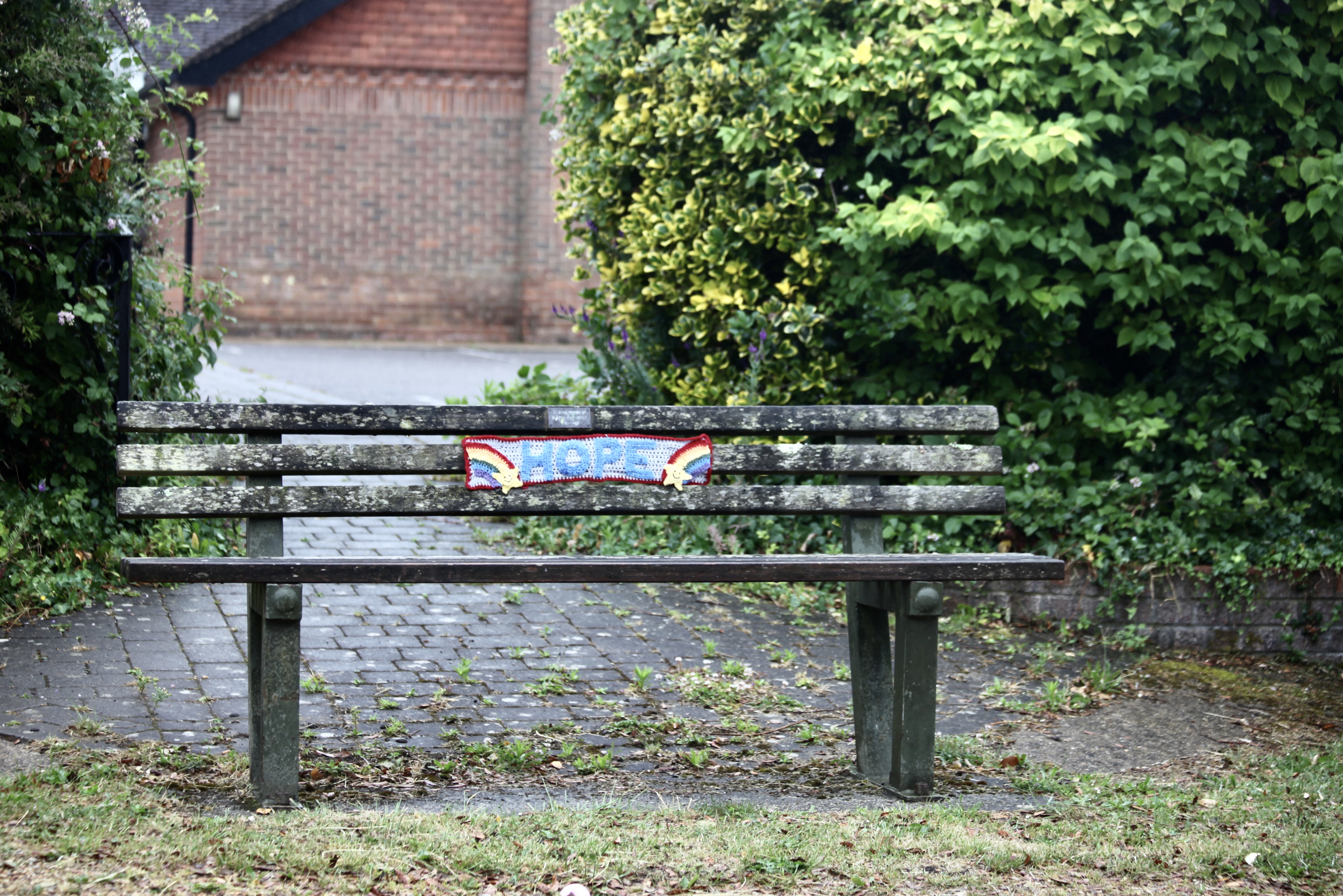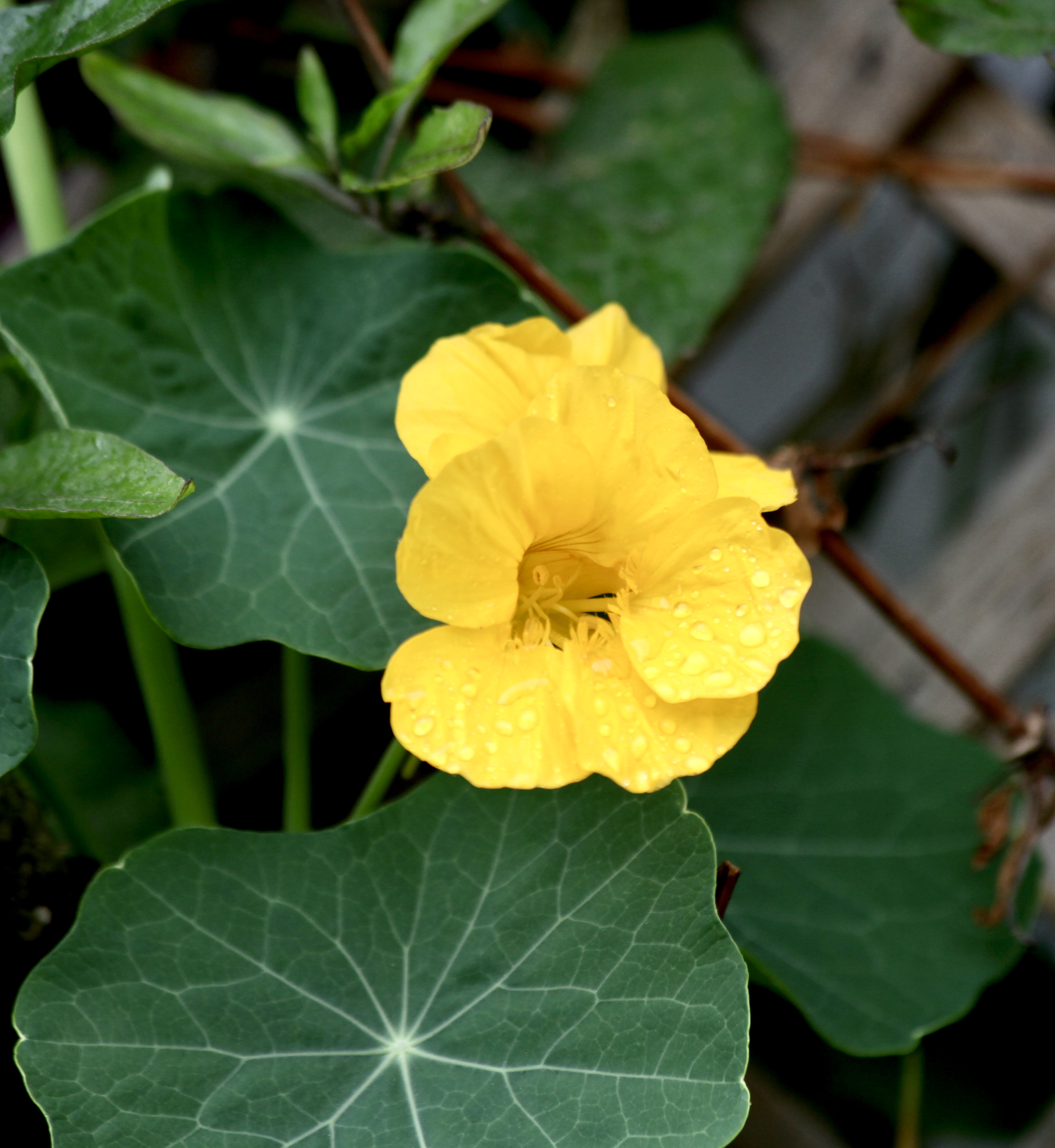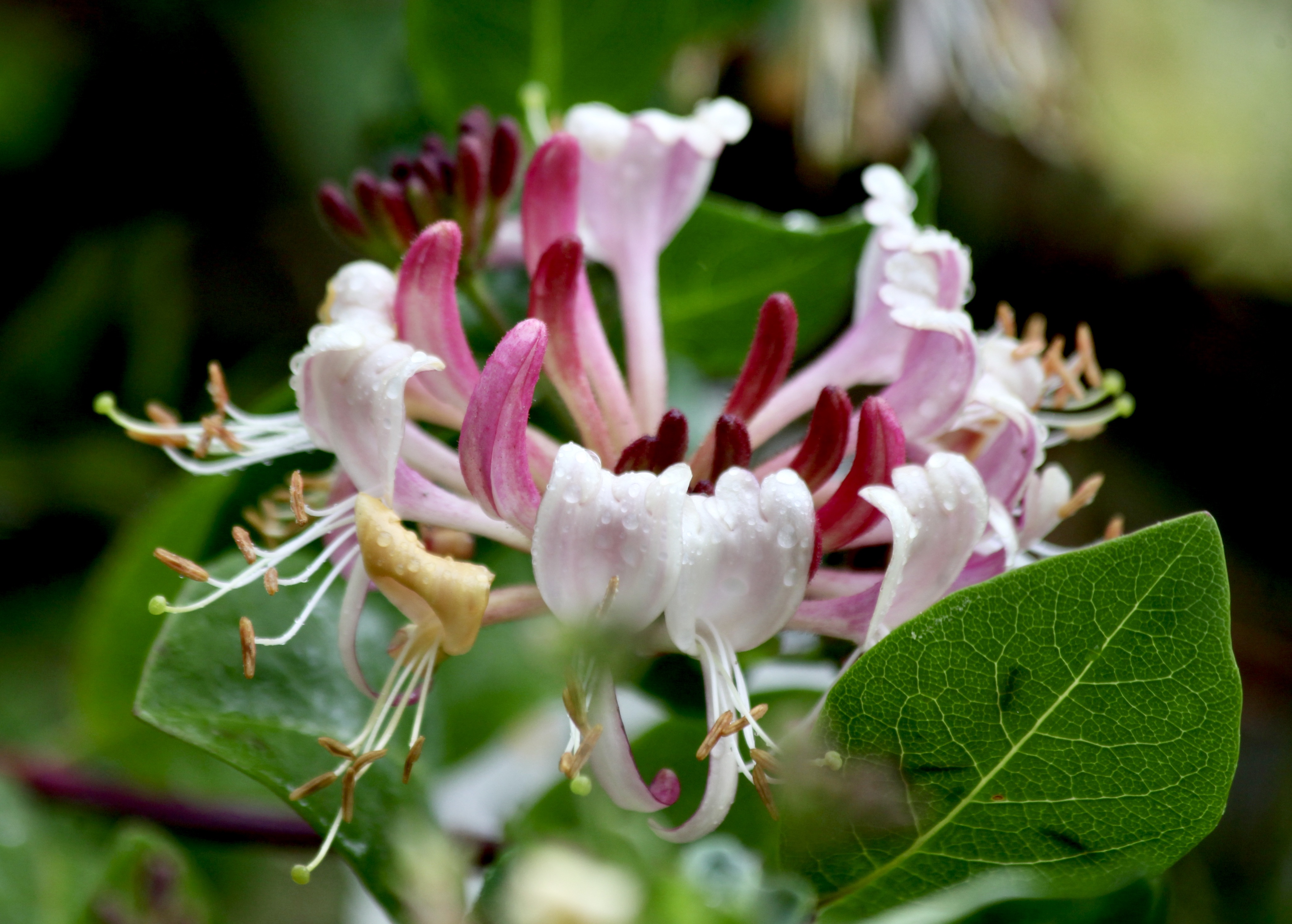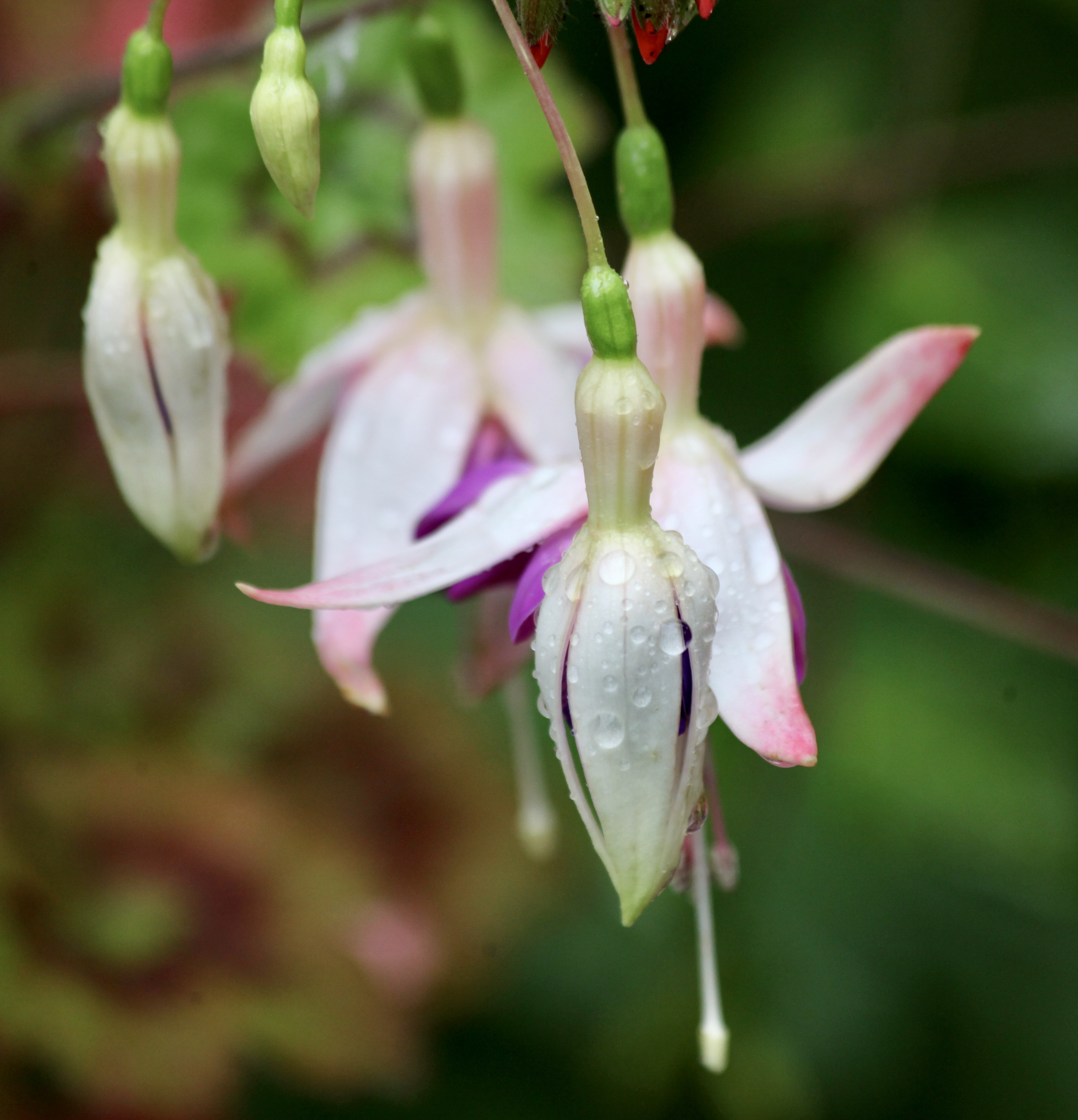This morning Jackie left the Modus alongside a protected tree in the Beaulieu car park.
From there we walked along the path to the High Street, Jackie to seek a gift in one of
the several tasteful shops, and me to gather pictures of them and other features.

A parked car reflected the awning of one of the outlets.
Vehicles were parked along both sides of the narrow street. A truck belonged to scaffolders, one of whom seemed to be sporting an impressively long mohican.
A split in a roof rack wrapper revealed snow crystals.
Decorative brickwork and pointed arches embellished early facades;
while modern aerials were installed on chimney stacks, such as those
glimpsed through bare branches. Another tree with a gnarled and severed trunk is engaged in healthy regeneration.
The Beaulieu Bakehouse restaurant, which was once the village bakery offers enticing indoor lamplight from its windows.
One wall bears a letter box bearing the initials GR, thus following the tradition since the reign of Queen Victoria, of allocating the stamp of the royal incumbent of the time. When this feature was fitted this would have been our current king’s grandfather. For the following seventy years they all bore ER, our longest ever reigning monarch. We await the first CR, for her son, Charles.
From the High Street can be seen the bus stop shelter alongside the lake of the Beaulieu River.

Hopefully not for the same original purpose as staddle stones, the job of which is to allow storage buildings to be lifted clear of the ground, the refuge stands on low brick pillar supports. The barns once stored produce such as grain or hay, keeping the contents free of ground level water, and preventing rats or other vermin from reaching them. The wooden building rests on the smooth round tops of the mushroom shapes.
Later, I gave the following posts the upgrade to Block Editing:
because of the stable stones link;
because it continues the story of the arrival in Old Post House and has now been categorised as Garden. (The garden mentioned in Bats, above, is Elizabeth’s in which we worked before moving down here)
because it explains the stray header.
This evening we all dined on Jackie’s tangy lemon chicken and colourful savoury rice with which she finished the Orvieto and I drank Puglia Nero di Troia 2020.






















